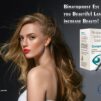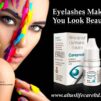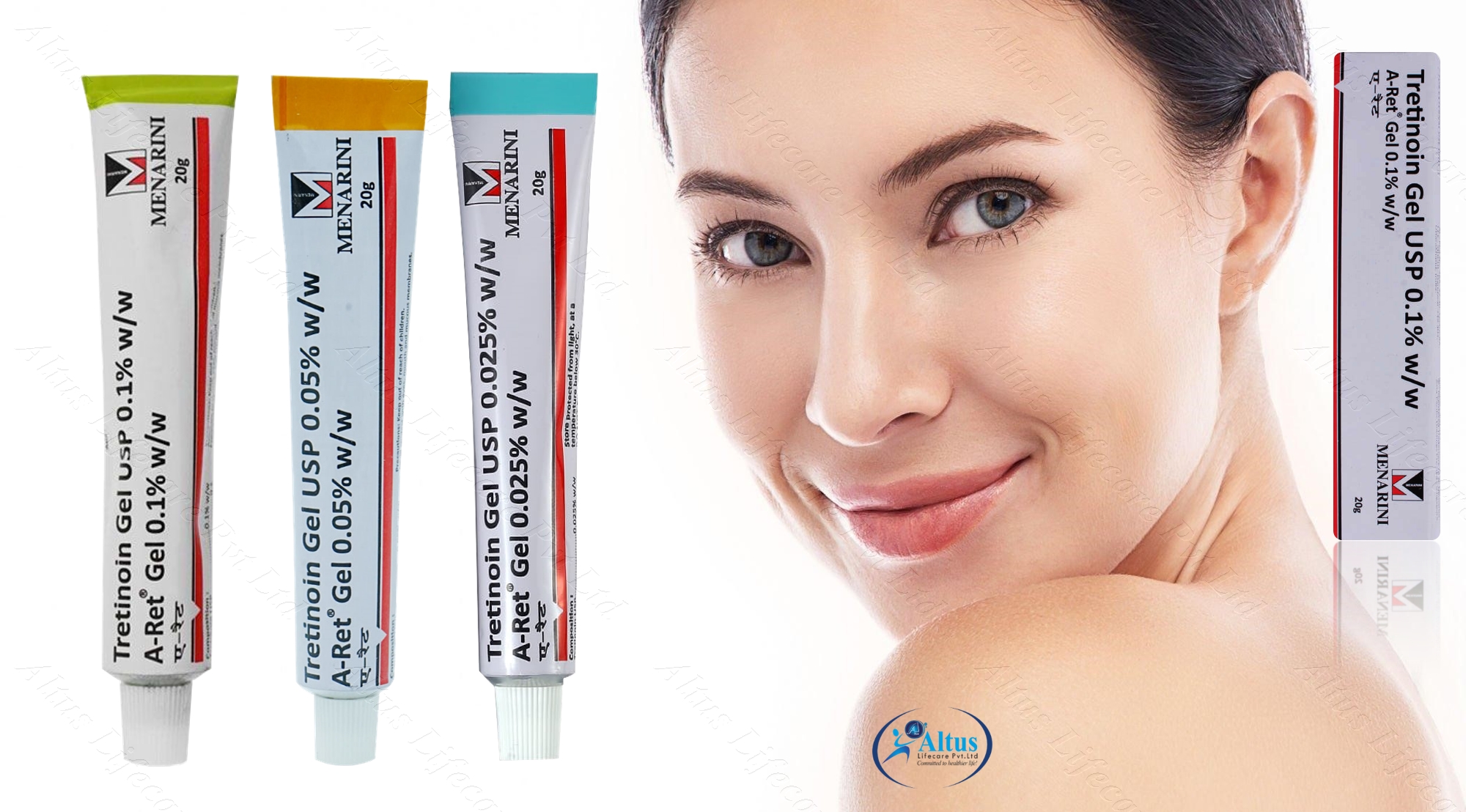
Tretinoin Cream for Anti-Aging, Acne and Wrinkles | Buy Online 0.025%, 0.05% and 0.1%
What is a Tretinoin cream?
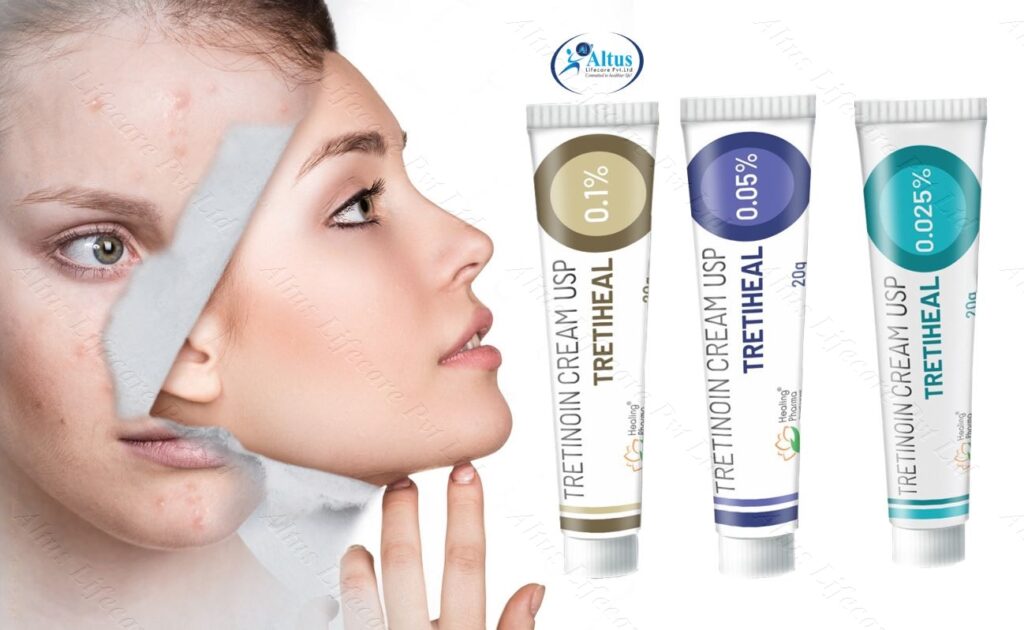
What is a Tretinoin cream?
Tretinoin cream is a pharmaceutical drug in the dosage form of an ointment or cream formulation, that primarily contains vitamin A.
Tretinoin Cream belongs to the class of medications called retinoids. Tretinoin comes as a lotion (Altreno), cream (Avita, Refissa, Renova, Retin-A), and gel (Atralin, Avita, Retin-A). It’s also used as an ingredient in combination products, such as Solage, Tri-Luma, Veltin, and Ziana.
What are the uses of a Tretinoin cream?
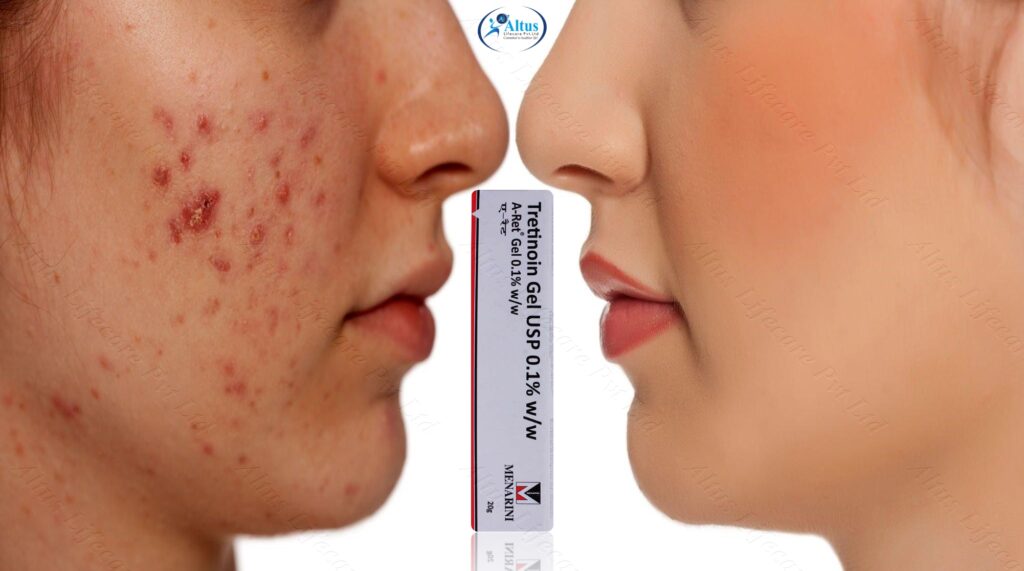
- Tretinoin Cream for Acne is used to treat acne or pimples on your face, chest, or back.
- It helps to smoothen rough facial skin and to reduce fine wrinkles on the skin.
- It is known to reduce excessive oil production of the skin.
- This cream is useful in acute promyelocytic leukemia.
- It also prevents blackheads and whiteheads.
How does a Tretinoin cream work?

A Tretinoin Cream for Acne works by promoting the peeling of affected skin areas and unclogging pores. It reduces excessive oil production of the skin. So when a Tretinoin Cream for Acne is applied on the skin, it reduces oil production in the skin, replenishes acne-prone skin, and helps keep your pores open.
How to use the Tretinoin cream?
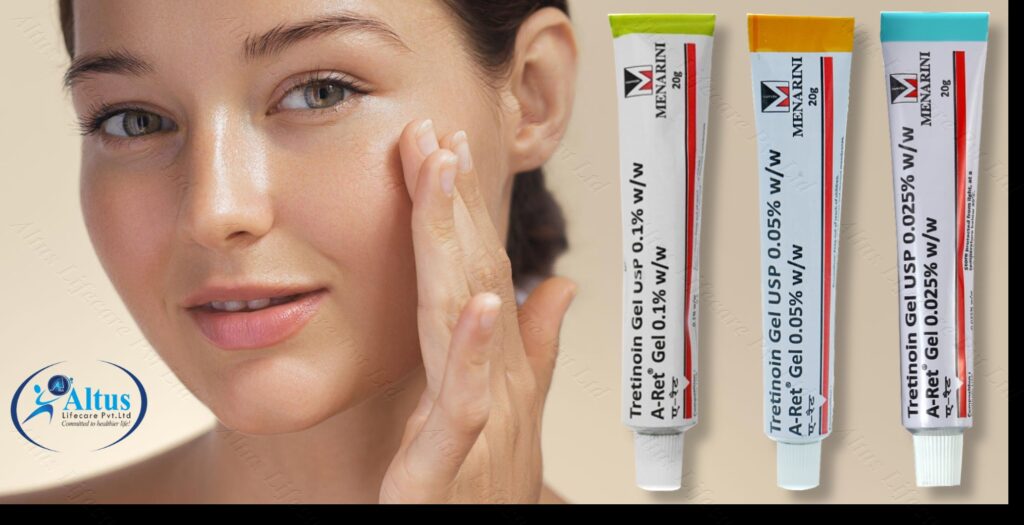
It is usually recommended by doctors to apply this medicinal cream at night time; while the amount one needs and for how long one needs to take depends on what that patient is being treated for.
To start with, one should wash and dry the affected area before applying a thin layer of this medicine. One should wait 20-30 minutes after cleaning your face before applying this medication.
Usually, a small amount of this medication, say about the size of a pea, is advised to be applied once daily; before going to bed.
No other skin product should be applied for at least 1 hour after applying Tretinoin Cream.
One should wash his or her hands immediately after applying this ointment, in order to avoid it getting into the eyes, nose, or mouth.
The patient should strictly abide by the doctor’s instructions as to the way this cream needs to be applied, and in the exact amount it is used for each dose.
One should not apply this medication to any damaged or broken skin and avoid contact with one’s mouth, eyes, or even nose.
Can I use 0.025 Tretinoin cream every night?
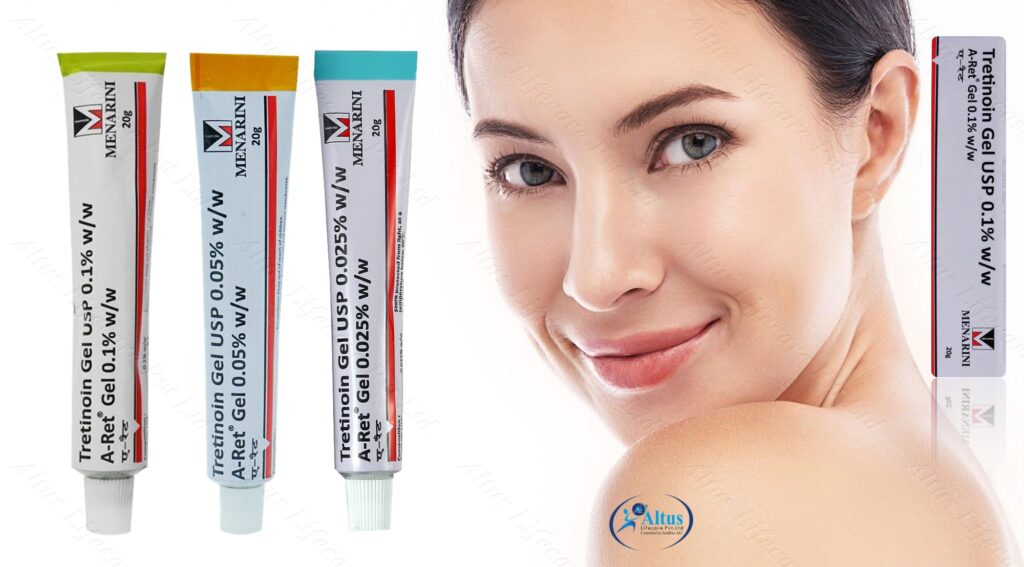
0.025 Tretinoin is safe to use every night. However, the frequency of application for anyone should be determined by only an authorized healthcare practitioner. The amount of this cream you need and for how long you need to take it will depend on what you are being treated for.
It usually takes several weeks to have a noticeable effect so keep using it even if it appears not to be working. Sometimes acne may get worse before it gets better, however, with proper use, the skin will get clearer. The earlier one start using it, the lesser the chances of getting scars.
During the first few weeks of using tretinoin, the acne might appear worse because the medication is working on pimples forming inside the skin. It may take up to 8 to 12 weeks to notice results from this medication.
Regular usage is required in order to get the most benefit from it. It is better to use it at the same time each day or night. In this way, the chances of missing a dose get diminished.
It advised not to use a larger amount or use it more frequently than recommended. The skin will not improve any faster, but it will rather increase the risk of developing redness, peeling, and pain.
One might keep his or her doctor updated on a weekly to understand the response to the therapy.
Common Side Effects of Tretinoin Cream
There might be some side effects of using this pharmaceutical ointment, as mentioned below:
- Erythema (skin redness)
- Skin irritation
- Dry skin
- Dry lips
- Pale red skin
- Increased sensitivity to light
- Increase in acne sores
- Swelling, blistering, or crusting of the skin
- Pain, burning, stinging, peeling, redness, or flaky skin in the treatment area
But a few side effects like itching, hives, pain, or discomfort in the treatment area might go slightly serious, as very rare cases with a few patients.
Most of these above-mentioned side effects do not require any medical attention and disappear as your body adjusts to the medicine. However, one can consult a doctor if they persist or if too worried about them.
Who should not use this cream?
- Patients who are already allergic to Tretinoin.
- It should not be used if you have eczema or sunburned skin.
- 0.025 Tretinoin Cream may be unsafe to use during pregnancy. Although there are limited studies on humans, animal studies have shown harmful effects on the developing baby.
- Tretinoin 0.025% Cream is probably safe to use during breastfeeding. Limited human data suggests that the drug does not represent any significant risk to the baby.
- It is not recommended for children below 18 years as safety and effectiveness were not established.
Only a doctor will be able to weigh the benefits and potential risks for any patient. Hence it is always advised to consult a doctor before starting off with this medication.
Why are tretinoin anti-aging products so popular?
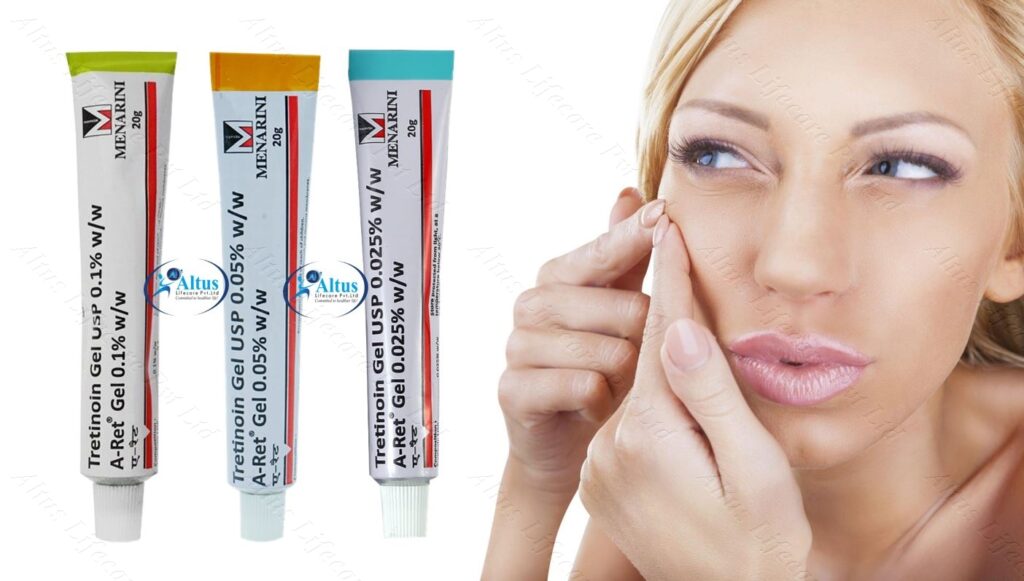
Many scientific studies, and my own experience utilizing tretinoin anti-aging creams personally and in my practice, have shown these powerful results:
- Tretinoin has proven itself to reduce, reverse and prevent wrinkles. (The younger a person starts using it, meaning in their teens and twenties, the more benefits they receive. But, it’s never too late to start using it!)
- Tretinoin helps lighten and prevent age spots.
- Tretinoin builds collagen to thicken and increase the structural strength of treated skin.
- Tretinoin helps fight crepey skin.
- Skin just looks better and younger when people use tretinoin.
Do Retinoids really reduce wrinkles?
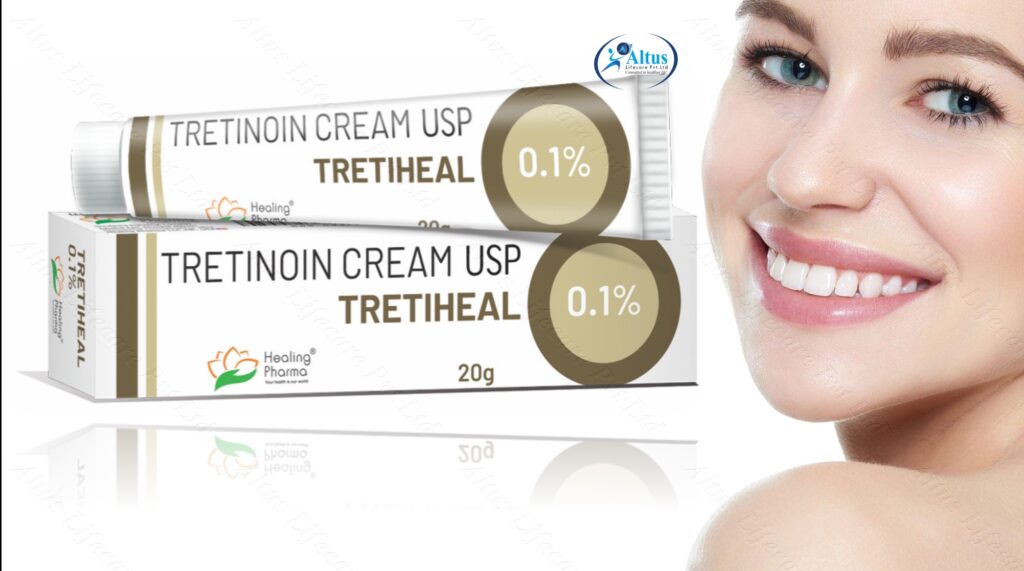
- Avoid sun exposure while using Tretin 0.025% Cream 30 gm as it may make the skin more sensitive to sunlight and cause sunburn.
- Wash hair regularly and avoid it from falling across the face.
- Use water-based cosmetic products and remove the makeup completely before going to bed.
- Do not apply this pharmaceutical cream in large amounts or beyond what is prescribed; as it does not give quick or better results but causes peeling, marked redness, or skin discomfort.
- Do not squeeze spots or try to clean blackheads as it may worsen them and cause permanent scarring.

Other Drugs Interactions with Tretinoin
- ISOTRETINOIN
- AMINOLEVULINIC ACID
- METHOXSALEN
- PORFIRMER
- VERTEPORFIN
- METHYL AMINOLEVULINATE
- BENZOYL PEROXIDE
- SALICYCLIC ACID
- SULFUR
- RESORCINOL
Storage for Tretinoin cream
This pharmaceutical cream should be stored in a cool and dry place away from sunlight.
Caution Alert
Topical vitamin A–based drugs called retinoids—the most used and most studied anti-aging compounds— may reduce fine lines and wrinkles. Tretinoin, under the brand name Retin-A, was the first retinoid. It was used as an acne treatment in the 1970s, but researchers later discovered that it also fades actinic keratosis spots, evens pigmentation, and speeds the turnover of superficial skin cells.
Retinoids reduce fine lines and wrinkles by increasing the production of collagen. They also stimulate the production of new blood vessels in the skin, which improves skin color. Additional benefits include fading age spots and softening rough patches of skin. However, it takes three to six months of regular use before improvements in wrinkles are apparent—and the best results take six to 12 months.
Because retinoids can cause skin dryness and irritation, doctors often recommend using them only every other day at first and then gradually working up to nightly applications. Wear a sunscreen during the day because retinoids increase the skin’s sensitivity to sunlight. These drugs must be used continually to maintain their benefits.
Tretinoin (Retin-A, generic), tazarotene (Avage, Tazorac), and adapalene (Differin) are prescription retinoids. Adapalene is also available over the counter (in a 0.1% formulation versus the 0.3% prescription version). Other retinoids are undergoing clinical trials.
In addition, several over-the-counter products containing retinoids, such as retinol, are available. Because they’re not as strong (and thus less irritating), they are not as effective in reducing wrinkles as tretinoin; but they do improve the appearance of photo-aged skin. Tretinoin can be used with alpha hydroxy acids (AHAs) for additional skin-smoothing effects.
How Wrinkles and Other Signs of Aging Develop
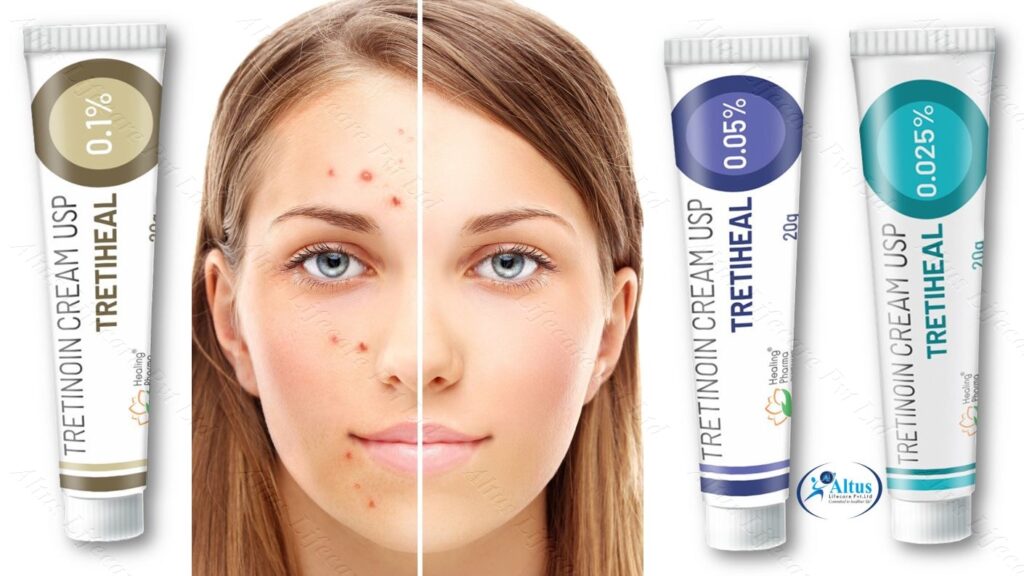
Before we get into the specifics of tretinoin, let’s go over the basics of how skin aging actually develops in the first place.
Contrary to popular belief, wrinkles don’t develop overnight.
Instead, most people only notice wrinkles after they begin to become deeper, more pronounced and obvious — a process that often takes several years.
During your 20s and 30s, your skin starts to become thinner, dryer and less elastic, which can cause wrinkles to develop.
Gravity may also begin to take its toll on your face, causing the skin around your cheeks, eyes and jawline to start to sag.
Other common signs of aging, such as age spots and discoloration often develop at the same time.
These effects are the result of intrinsic changes that occur in your skin as you age. As you grow older, your skin’s collagen production drops.
Your skin also produces new cells at a slower pace through the skin cell turnover process, meaning it’s less able to repair and rejuvenate itself.
Part of this process is unavoidable — a result of genetic factors. However, some environmental factors can speed up the process and make the effects of aging more visible.
One of the biggest factors in aging is your exposure to the sun, which contributes to something called photoaging.
When UV radiation from the sun penetrates into your skin, it damages cells and causes your skin to deteriorate at a faster pace.
This photodamaged skin may take on a rough texture, with deep wrinkles and other clear signs of aging.
According to the Skin Cancer Foundation, UV-related photoaging is responsible for as much as 90 percent of the change that occurs in your skin as you get older. Smoking also rapidly accelerates skin aging.
How Tretinoin Treats Wrinkles and Signs of Aging
So, how does tretinoin fit into this process? Tretinoin belongs to a class of medications referred to as retinoids.
It works by speeding up your skin’s cellular turnover process, allowing your skin to create new cells and repair itself at a faster rate.
This has major consequences for your skin, as it allows fresh skin cells formed deep inside your epidermis to replace old ones in less time than normal.
You can think of tretinoin as acting similar to a fast-forward button for your skin’s creation of new cells. Instead of sticking around, the outer layer of your skin that’s exposed to sunlight, wind and pollution is cycled off more efficiently, giving your skin a fresher, less weathered appearance.
Tretinoin also stimulates the production of new collagen when used for at least six months.
As a result of its effects on your skin’s cellular turnover speed, tretinoin reduces the appearance of wrinkles, evens out your skin’s pigmentation and also treats skin issues such as acne.
The end result is smoother, younger looking skin that’s much less affected by fine lines, wrinkles or other common signs of aging.
Tretinoin for Wrinkles: The Research
Unlike other anti-aging treatments, many of which you can purchase over the counter, tretinoin is only available as a prescription medication.
Compared to over-the-counter anti-aging products, tretinoin is significantly more effective, with numerous scientific studies showing that it can treat wrinkles, age spots and other age-related skin issues.
We’ve discussed some of the most notable research into tretinoin as a treatment for skin aging below.
In one study published in the British Journal of Dermatology, researchers found that treatment with tretinoin produced “significant improvements” in fine wrinkling near the eyes, crease lines around the mouth and cheeks, skin discoloration and other signs of skin aging.
Another study published in JAMA: The Journal of the American Medical Association found that tretinoin produced noticeable improvements in skin aging over the course of 16 weeks.
A more recent review published in the journal Clinical Interventions in Aging looked at a variety of studies of tretinoin and other topical retinoids, noting that several studies showed significant improvements among people who used topical tretinoin for anti-aging.
The review concluded that retinoids, the class of medications that tretinoin belongs to, are the most promising medications available for treating aging.
Put simply, there’s a metaphorical mountain of scientific data to back up the fact that tretinoin works well as a treatment for skin aging.
You can view more research on tretinoin’s effectiveness as an anti-aging treatment and acne medication in our full guide to how tretinoin works.
How to Use Tretinoin Cream for Wrinkles and Anti-Aging
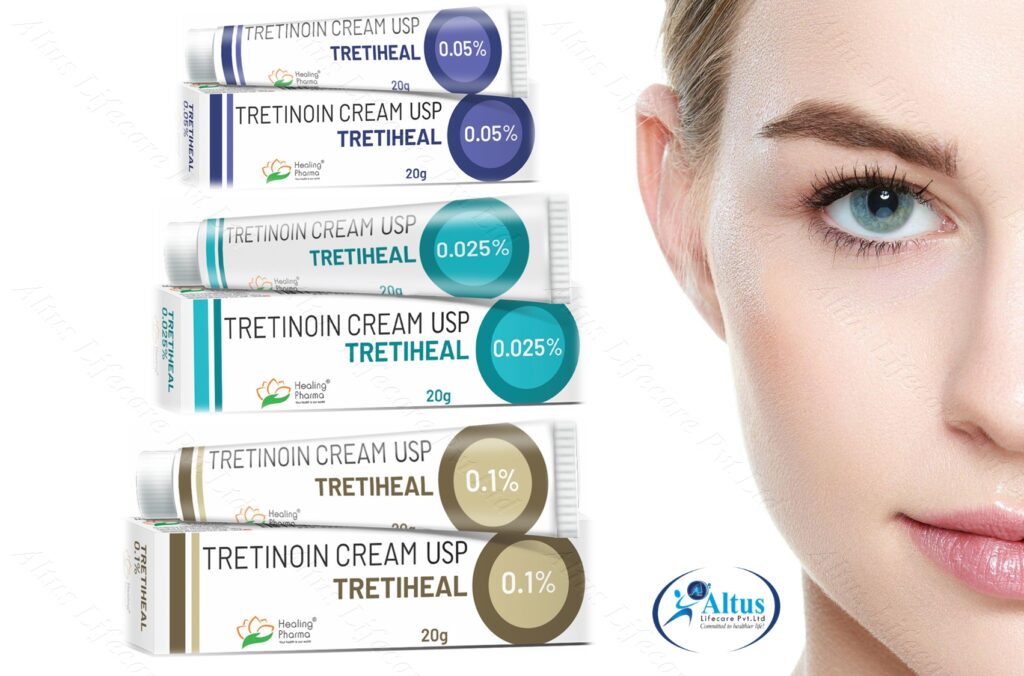
Beyond its effectiveness, one of the biggest advantages of tretinoin is that it’s extremely easy to use.
Tretinoin is sold as a topical cream, gel or solution. To use it, all you need to do is apply a small amount of the cream to your face, typically in the evening.
Below, we’ve covered how to use tretinoin cream in six simple steps:
Start By Washing Your Face
Before applying tretinoin, wash your face and hands using warm water. If required, you can also use a small amount of mild, non-irritating soap to clean your skin.
When you’re washing your face, avoid using harsh facial cleansers, acne treatments or anything else that could cause skin irritation, such as skin care products that contain benzoyl peroxide or salicylic acid.
Gently Blot Your Face Dry
Carefully wash away any soap. To dry your face, carefully blot it using a clean, soft towel. Avoid rubbing your face with the towel, as this can irritate your skin. Make sure your skin is completely dry to avoid irritation from tretinoin.
Apply a Small Amount of Tretinoin
Tretinoin is a powerful medication, meaning you don’t need to use very much to manage aging and acne.
Squeeze a small amount of tretinoin (roughly the size of a pea) onto your finger and gently apply the medication to your forehead, cheeks, chin and other areas of your face.
Make sure to apply tretinoin evenly to affected areas of your skin. A pea-sized amount of gel or cream should be enough to treat your whole face. If you use a product that contains tretinoin and other active ingredients, such as our Anti-Aging Cream, follow the instructions provided with the product to make sure that you use the correct amount.
Avoid Your Eyes, Nostrils and Other Sensitive Areas
Avoid applying tretinoin directly to your lips, nostrils or areas close to your lips. When applying tretinoin under your eyes, spread it away from your eyes. Use a margin of safety so that tretinoin is never too close to your eyelid margin.
After applying tretinoin, you should apply a moisturizer to prevent your skin from becoming dry — a common side effect of tretinoin and other topical retinoids. You can even apply moisturizer before your anti-aging cream if your skin is sensitive.
Buy Tretinoin Cream online from www.worldclasstretinoin.com


